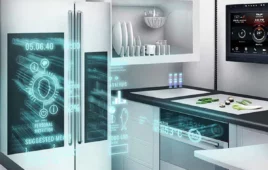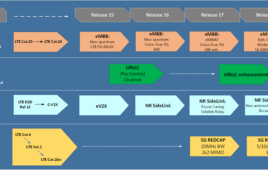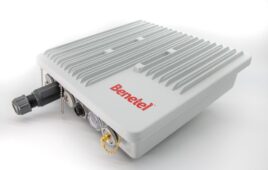NEW YORK (AP) — Plenty of people do all their Facebooking, YouTubing, Web surfing and whatnot on mobile devices. But not everyone. Lots of us still rely on personal computers for plenty of tasks. Take writers, for instance, for whom a physical keyboard is often a must.
But the tech industry keeps trying to come up with lighter and cheaper alternatives to the traditional laptop. New gadgets from Apple, Microsoft and Google all harbor such ambitions, to varying degrees. Google’s Pixel C tablet came out Tuesday. All have their shortcomings, though they offer some surprises as well.
Microsoft’s Surface tablets aren’t part of this review, basically because including them would be cheating. Surfaces are full-fledged PCs already; they just feature magnetically attached keyboard covers in place of a built-in keyboard. Here, I was more interested in devices that weren’t originally designed as PCs.
In fact, I avoided PCs for a full week to test out these alternatives.
___
IPAD PRO
I started with a bus ride from New York to Philadelphia. The seat had little legroom, yet Apple’s iPad Pro ($799 and up) felt comfortable on my lap, perched on a physical-keyboard cover ($169) that folds into a kickstand.
The tablet ran Microsoft Word for writing and Excel for spreadsheets. All iPads now let you run apps side by side, something you can really only appreciate with the Pro’s 12.9-inch screen. But it’s still not possible to open multiple Word or Excel documents at once. To copy text from one to another, you still have to close the first document and open the second.
Adobe’s Lightroom worked fine for basic photo editing, and the resulting images seemed more vivid on the iPad than on my years-old Mac laptop. But I needed the Mac to get the photos off my camera’s memory card in the first place, as the iPad doesn’t have an SD card slot.
The iPad easily handled much more prosaic tasks. Paying bills and organizing my photos online were also straightforward, although drag-and-drop features are tougher to use without a trackpad. I even scanned some documents via an app for my wireless Canon scanner.
Then came the reality check. On the Mac, I organize documents by folder to keep them straight. On the iPad, my options were limited to storing them in the iPad’s photo gallery or emailing copies to myself. The iPad is meant to keep things simple. There’s no messy folder system, and iPad apps are often limited to a subset of the features you can find on PCs.
But work and life can be complex, and you sometimes need a device that can mirror that complexity. The Pro is a good supplement, but it’s no laptop replacement.
___
PIXEL C
Google’s Pixel C tablet ($499 and up) has many laptop characteristics, including a high-resolution screen and a keyboard ($149) that attaches securely to the screen. You can hold the unit by either the tablet or the keyboard half — even upside down. The magnet is very strong, unlike that of Microsoft’s Surface. The screen angle is also adjustable, unlike the iPad Pro.
Multiple people can share the Android-based Pixel; it’s possible to set up individual profiles and save settings, unlike the iPad. But the Pixel can’t display apps side-by-side, which makes copying text between apps tougher.
The Pixel is easier to carry around, with its smaller, 10.2-inch screen. The keyboard is smaller to match. Rather than squeeze keys closer together, the Pixel moves less-used characters, such as brackets, to an on-screen display.
The Pixel can run many of the apps that the iPad can, and it faces similar challenges with file management and trackpad-less drag and drop.
___
LUMIA 950
Microsoft’s Lumia 950 ($599) is a phone that can turn into a desktop PC of sorts when attached to the company’s Display Dock ($99) — a 2.5-inch square box that hooks up to a TV or external monitor. You can connect a keyboard and mouse as well.
The setup is novel, but you have to buy and carry around the dock, along with extra cords and your own keyboard-mouse combo. Using a TV as a monitor presents a distance problem: Either you’re too close to the screen if you’re working from a nearby desk, or you’re too far away on a couch or hotel bed.
A laptop is easier to stow. Using this is like setting up an actual desktop, even if it’s running off your phone.
The software is clunky, too. Many Windows apps won’t work on the phone. Word and Excel can handle one document at a time. While you can pay bills and organize online photos on the TV, some other apps, such as Adobe’s Photoshop Express for photo editing, don’t project onto the bigger screen.
This setup might still be useful for people who need to make PowerPoint presentations from their Windows phone. And companies that can’t afford to buy employees both a phone and a laptop can, in theory, make do with a single device.




